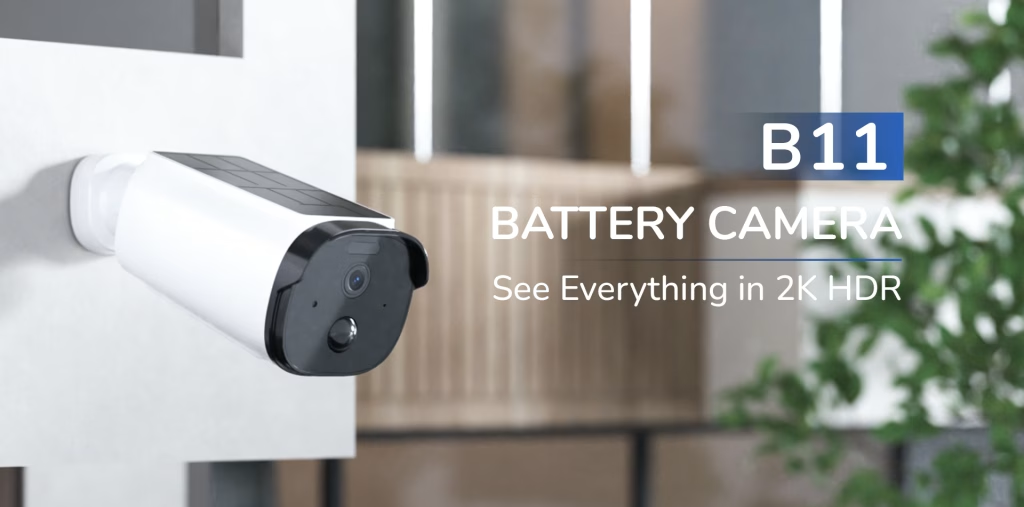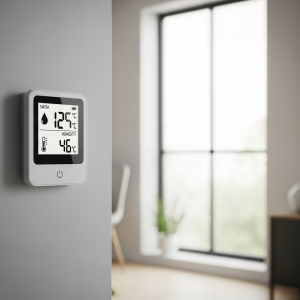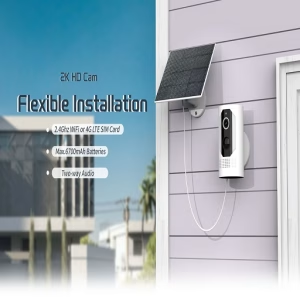Choosing the Right Network Connection for Your Security Camera:
Wi-Fi vs. 4G/5G vs. Ethernet – A Comprehensive Guide
In today’s interconnected world, security cameras have become an indispensable tool for safeguarding homes and businesses. These devices offer a sense of security and peace of mind by providing real-time monitoring and recording capabilities. However, the effectiveness of a security camera heavily relies on its network connectivity. With various options available, such as Wi-Fi, 4G/5G, and Ethernet, choosing the right connection method can be a daunting task. This article aims to provide a comprehensive analysis of these three network connection options, helping you make an informed decision for your specific security needs. 
Understanding the Basics
Before delving into the pros and cons of each connection method, it’s essential to understand the fundamental concepts. Network connectivity enables security cameras to transmit video and audio data to a central storage location or a remote viewing device. This allows users to monitor their premises from anywhere in the world, as long as they have an internet connection.
Wi-Fi Connectivity
Wi-Fi has become the most prevalent wireless networking technology, offering a convenient way to connect devices to the internet. Security cameras equipped with Wi-Fi capabilities can seamlessly integrate into existing home or office networks, eliminating the need for extensive cabling.
- Pros:
- Convenience: Wi-Fi cameras are relatively easy to set up and install, requiring minimal technical expertise.
- Flexibility: Wireless connectivity allows for greater flexibility in camera placement, as there are no physical cable constraints.
- Cost-effectiveness: Wi-Fi cameras are generally more affordable than their wired counterparts.
- Convenience: Wi-Fi cameras are relatively easy to set up and install, requiring minimal technical expertise.
- Cons:
- Signal Interference: Wi-Fi signals can be susceptible to interference from other electronic devices, potentially leading to connectivity issues.
- Bandwidth Limitations: Wi-Fi networks may experience bandwidth limitations, especially when multiple devices are connected, which can affect video quality and transmission speed.
- Security Vulnerabilities: Wi-Fi networks can be vulnerable to security breaches if not properly secured, potentially compromising the camera’s video feed.
- Signal Interference: Wi-Fi signals can be susceptible to interference from other electronic devices, potentially leading to connectivity issues.
4G/5G Connectivity
4G and the newer 5G mobile networks offer an alternative wireless connection option for security cameras. These cellular networks provide internet access through mobile data services, eliminating the need for a traditional Wi-Fi network.
- Pros:
- Remote Location Accessibility: 4G/5G cameras are ideal for remote locations where Wi-Fi connectivity is unavailable or unreliable.
- Reliable Connectivity: Cellular networks offer relatively stable and reliable internet connections, ensuring uninterrupted video transmission.
- High Bandwidth: 5G networks, in particular, provide high bandwidth capabilities, enabling high-resolution video streaming.
- Remote Location Accessibility: 4G/5G cameras are ideal for remote locations where Wi-Fi connectivity is unavailable or unreliable.
- Cons:
- Data Costs: Mobile data plans can be expensive, especially for high-volume video streaming.
- Signal Strength Variations: Cellular signal strength can vary depending on location, potentially affecting video quality and connectivity.
- Power Consumption: 4G/5G cameras may consume more power than Wi-Fi or Ethernet cameras.
Ethernet Connectivity
Ethernet, a wired networking technology, provides a stable and reliable connection for security cameras. Ethernet cameras are connected to a network router or switch via Ethernet cables.
- Pros:
- Stable Connection: Ethernet connections offer a stable and consistent network connection, minimizing the risk of signal interference or dropouts.
- High Bandwidth: Ethernet networks can provide high bandwidth capabilities, enabling high-resolution video streaming and fast data transfer.
- Enhanced Security: Wired connections are generally considered more secure than wireless connections, reducing the risk of unauthorized access.
- Stable Connection: Ethernet connections offer a stable and consistent network connection, minimizing the risk of signal interference or dropouts.
- Cons:
- Installation Complexity: Ethernet camera installation can be more complex, requiring cable routing and network configuration.
- Limited Placement Flexibility: Wired connections limit camera placement flexibility due to cable length constraints.
- Higher Costs: Ethernet cameras and associated cabling can be more expensive than Wi-Fi cameras.
- Installation Complexity: Ethernet camera installation can be more complex, requiring cable routing and network configuration.
Choosing the Right Connection Method
The optimal network connection method for your security camera depends on several factors, including:
- Location: Consider the camera’s location and the availability of Wi-Fi or cellular network coverage.
- Budget: Evaluate the cost of each connection method, including camera costs, installation fees, and data plan expenses.
- Security Needs: Assess your security requirements and prioritize connection methods that offer enhanced security features.
- Technical Expertise: Evaluate your technical skills and choose a connection method that aligns with your comfort level.
Conclusion
In conclusion, Wi-Fi, 4G/5G, and Ethernet each offer unique advantages and disadvantages for security camera network connectivity. By carefully considering your specific needs and priorities, you can select the most suitable connection method to ensure optimal security and peace of mind.




